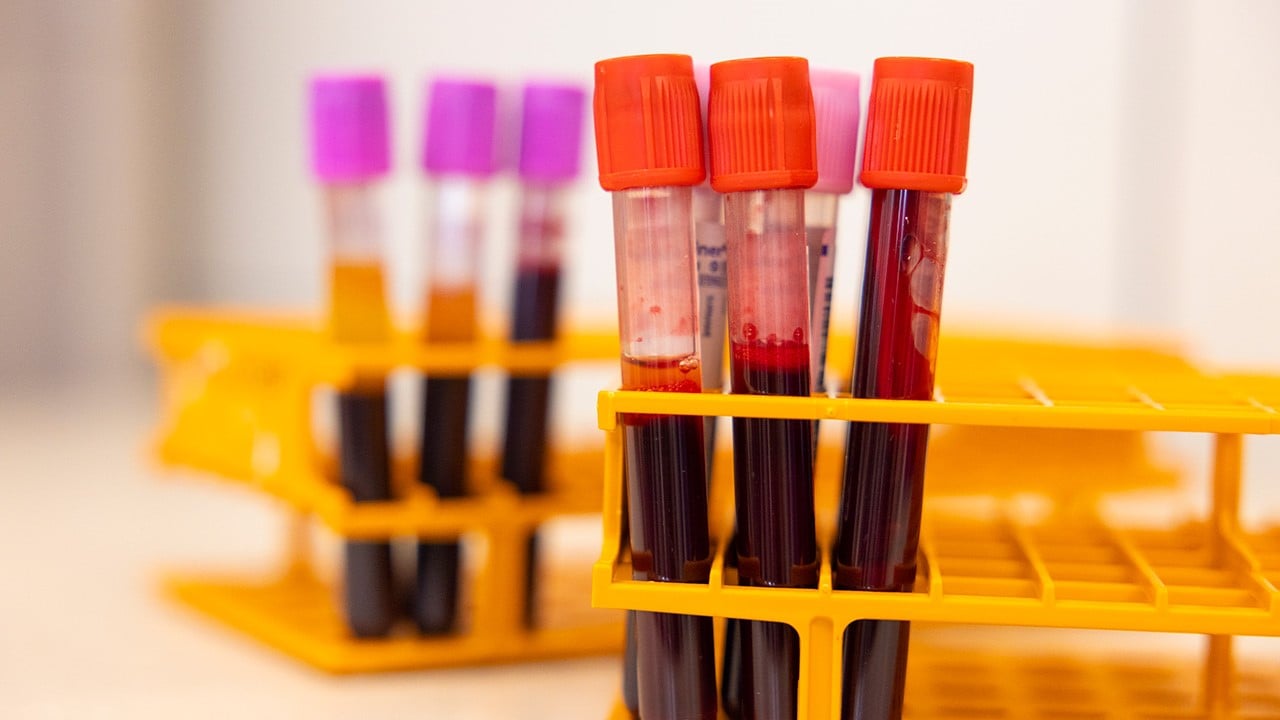Key takeaways
-
Certain blood tests for inflammatory markers may predict the severity of infections, however this study found they don’t aid the diagnosis and treatment of pediatric hand and wrist infections.
-
Study authors found the inflammatory markers analyzed couldn’t determine the severity of the infection alone.
-
In addition, the inflammatory markers couldn’t determine if the infection was caused by a specific type of bacteria like methicillin-resistant Staphylococcus aureus.
-
Currently, a thorough clinical evaluation is the definitive approach for the diagnosis and management of pediatric hand and wrist infections.
-
Inflammatory markers can be used to aid in evaluating the clinical response to treatment.
Research study background
Children with hand infections may present for evaluation in various healthcare settings. Without a standardized algorithm to assess severity and help determine the optimal approach for treatment, it can be difficult to distinguish between patients who can receive oral antibiotics and those who require admission for intravenous antibiotics and/or a surgical procedure. In adult hand infections, inflammatory blood markers, including white blood cell count (WBC), erythrocyte sedimentation rate (ESR) and C-reactive protein (CRP) are routinely used to guide clinical decisions. In children, infectious markers have been shown to aid in the diagnosis and management of acute osteomyelitis and septic arthritis, but their relative utility for acute pediatric hand and wrist infections is unknown.
In this study, a team of researchers from the Pediatric Hand and Upper Extremity Program within the Orthopedic Institute at Children’s Hospital Colorado, collaborated with Children’s Mercy Hospital researchers. They sought to explore the predictive capacity of these inflammatory markers to distinguish deep from superficial hand infections. They also aimed to assess variations in inflammatory markers based on antibiotic pretreatment and the presence of methicillin-resistant Staphylococcus aureus bacteria (MRSA) versus other bacteria.
Study authors reviewed charts at both hospitals for children under 18 with deep or superficial hand, wrist or finger infections between 2009 and 2020 who also had WBC, ESR and/or CRP laboratory markers drawn on the date of presentation. Presentation characteristics, diagnosis, inflammatory markers, culture results, antibiotic treatment and surgical treatment data were analyzed for the 123 patients who met the study criteria.
Across the board, they found no significant difference in inflammatory markers for the factors evaluated, regardless of antibiotic pre-treatment before management, severity of infection or whether the patients were infected with culture-positive, isolated MRSA. Patients with deep infections required surgical treatment at a significantly higher rate than those with superficial infections (78.9% vs. 21.12%). And patients with MRSA-positive infections were twice as likely to need surgical treatment compared to those with infections caused by all other evaluated microbes.
While these inflammatory marker tests may help identify the presence of infection and monitor the response to treatment, based on this retrospective analysis, study authors concluded they couldn’t identify a specific diagnosis or severity of an infection correlated to WBC, ESR, and CRP.
Clinical implications
Definitive diagnosis and management of pediatric hand and wrist infections require a thorough clinical evaluation including symptomatology, physical examination and radiographic findings, patient history and clinical judgment. Although there is literature emphasizing the relative utility of different acute phase reactants for specific types of pediatric musculoskeletal infections, further research is required to determine if inflammatory markers can play any real role in the diagnosis and treatment of pediatric hand and wrist infections.
Featured Researchers

Sarah Sibbel, MD
Director of Pediatric Hand and Upper Extremity Program
The Orthopedics Institute
Children's Hospital Colorado
Associate professor
Orthopedics
University of Colorado School of Medicine
Andy Lalka, MPH
Orthopedics, Pediatric Hand & Upper Extremity Program
Children’s Hospital Colorado
Sr. Professional Research Assistant
Orthopedics, Pediatric Hand & Upper Extremity Program
University of Colorado School of Medicine





 720-777-0123
720-777-0123










